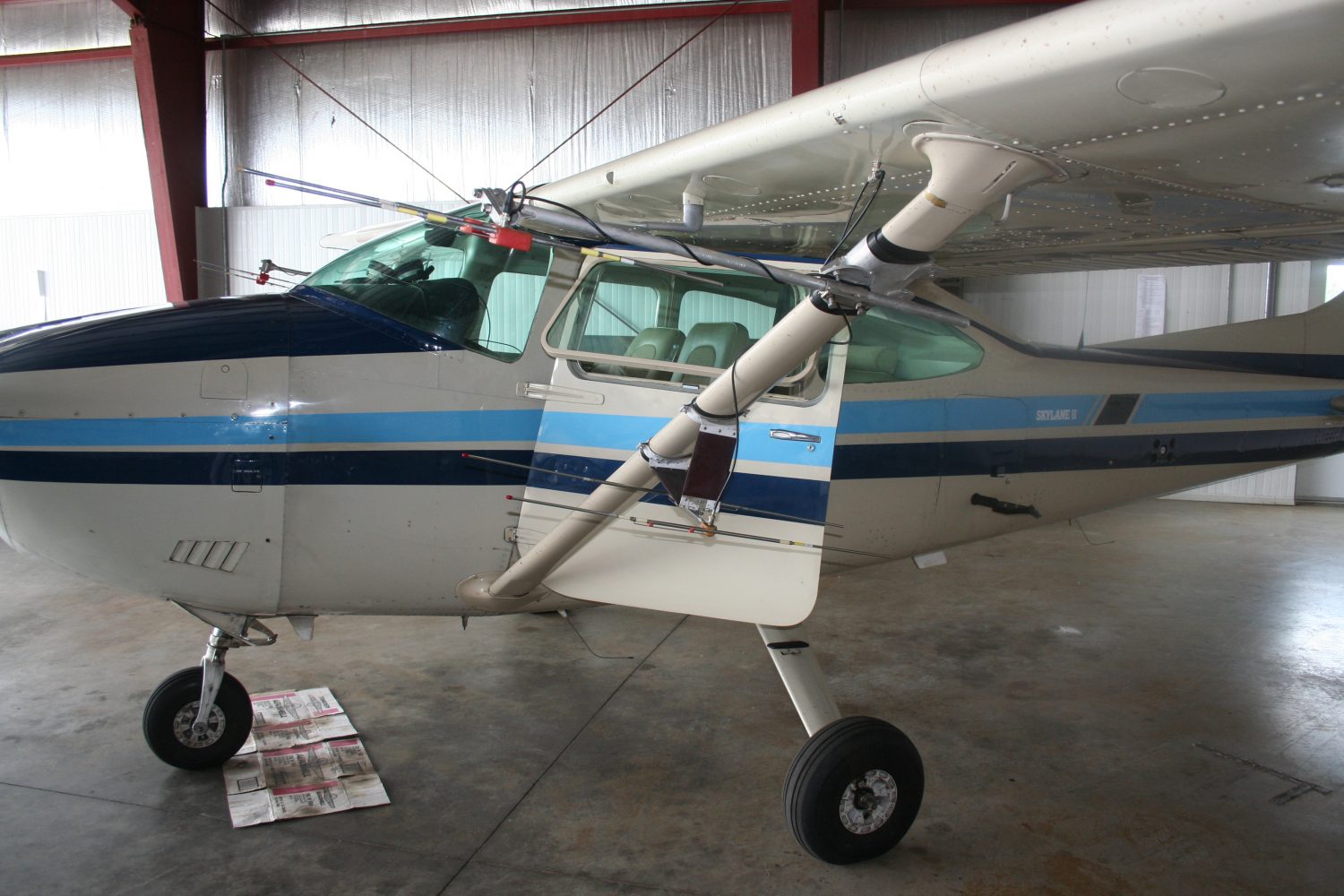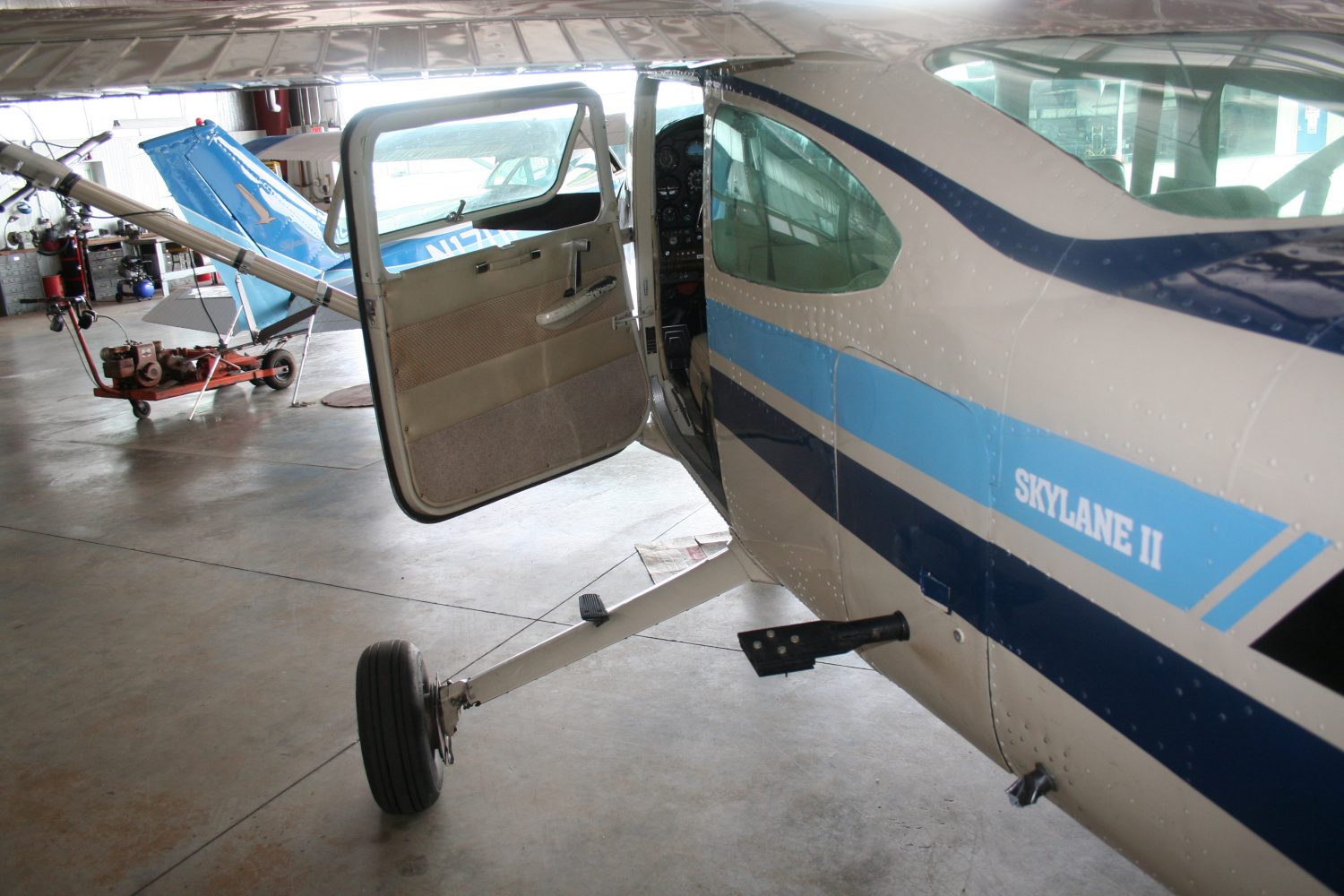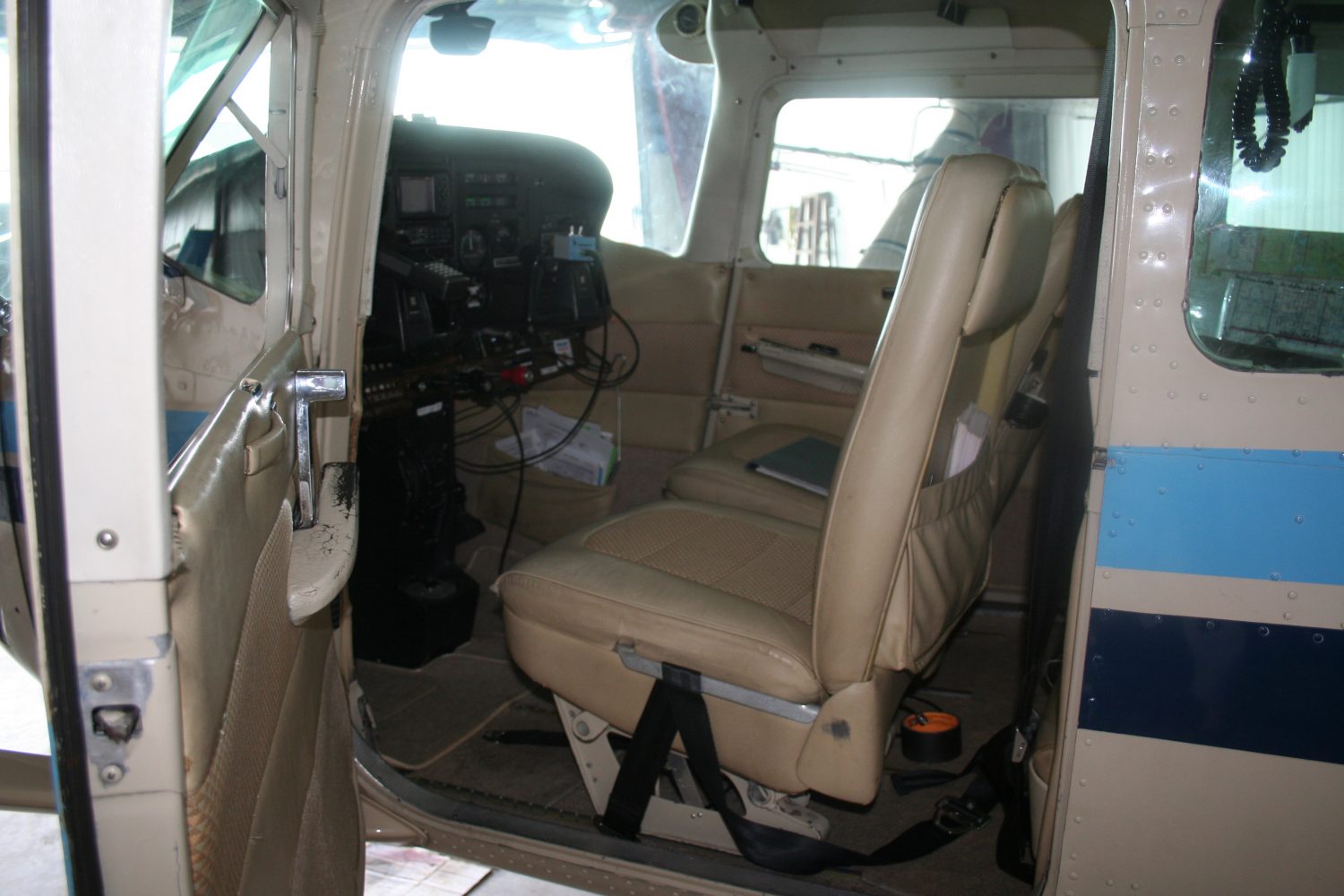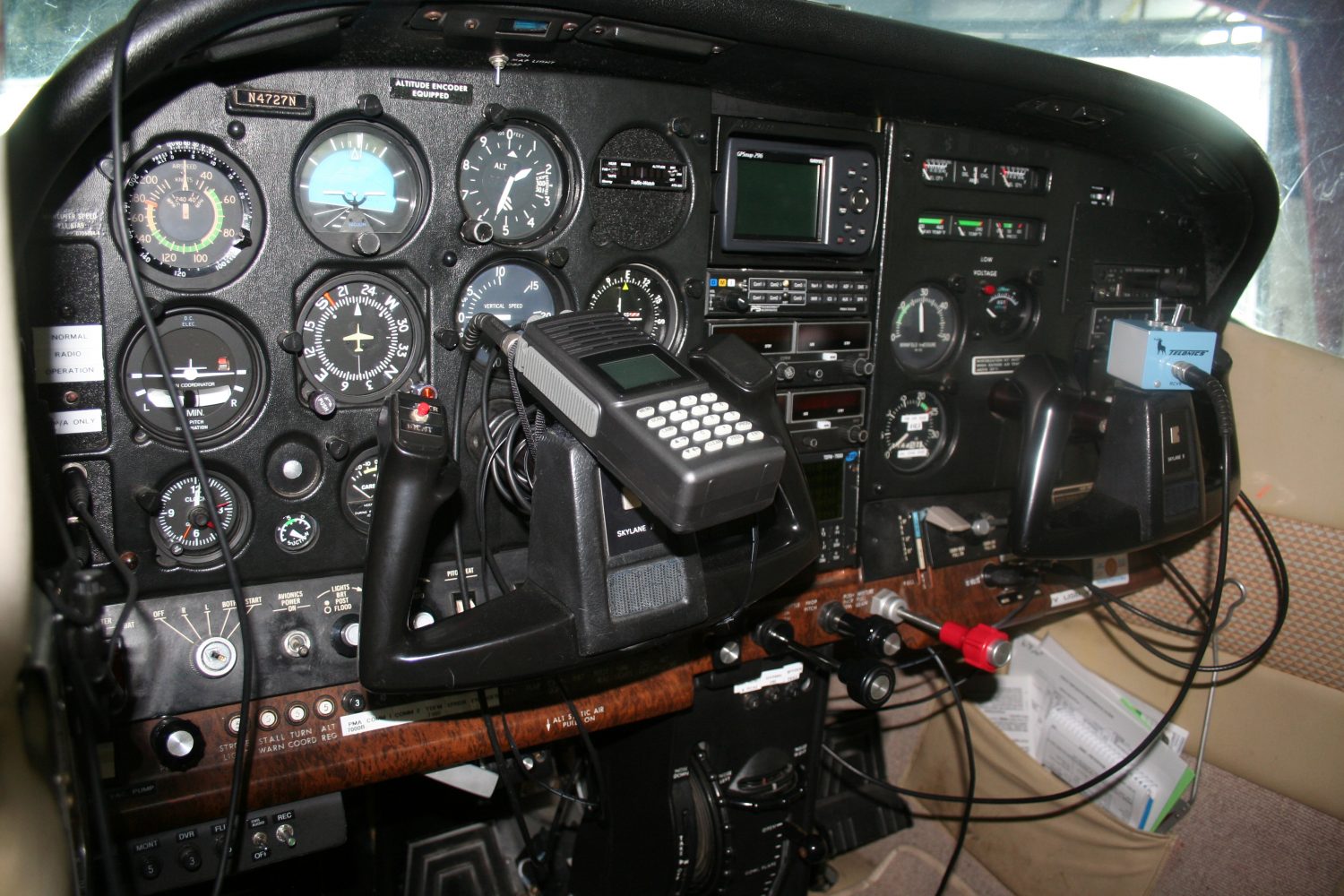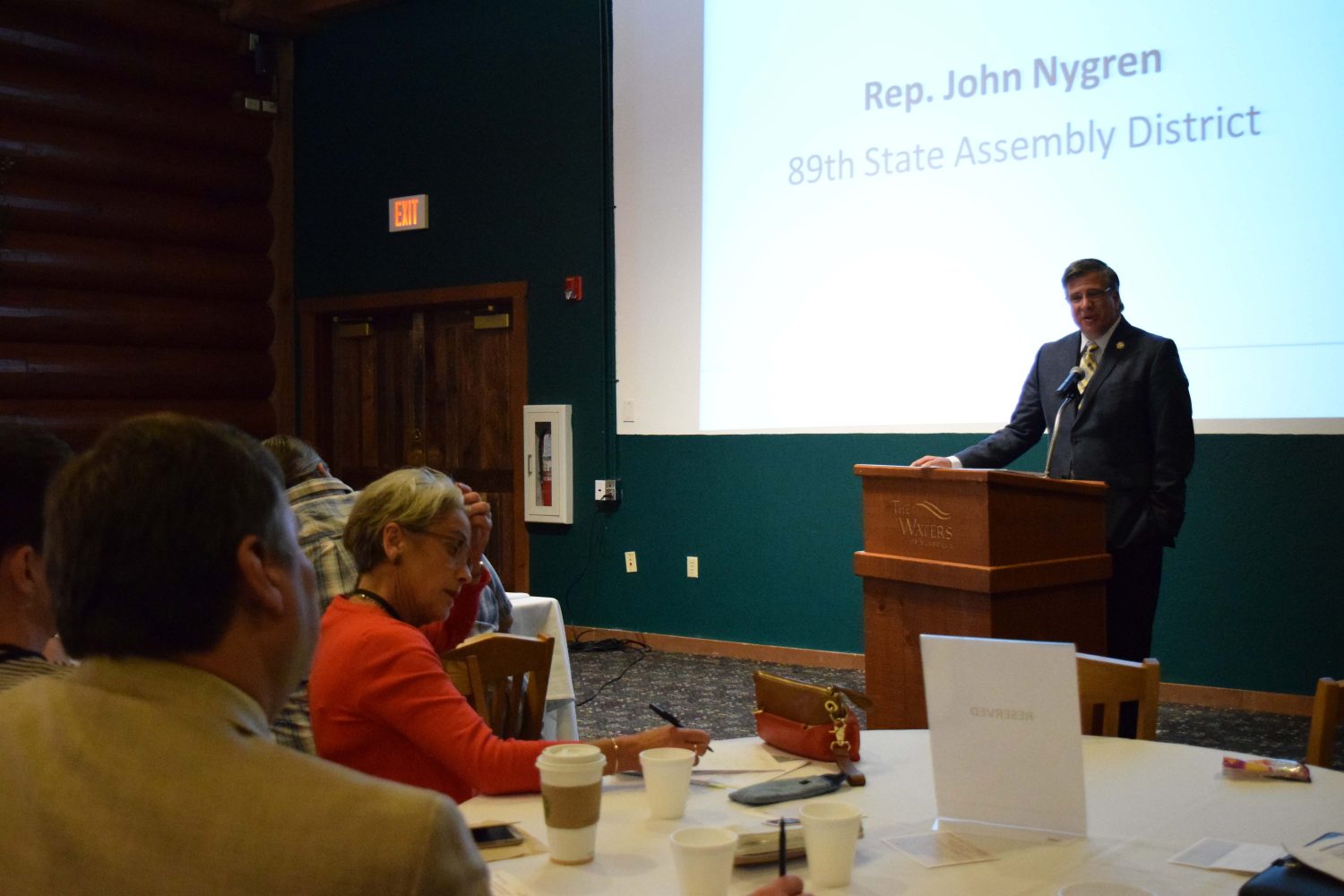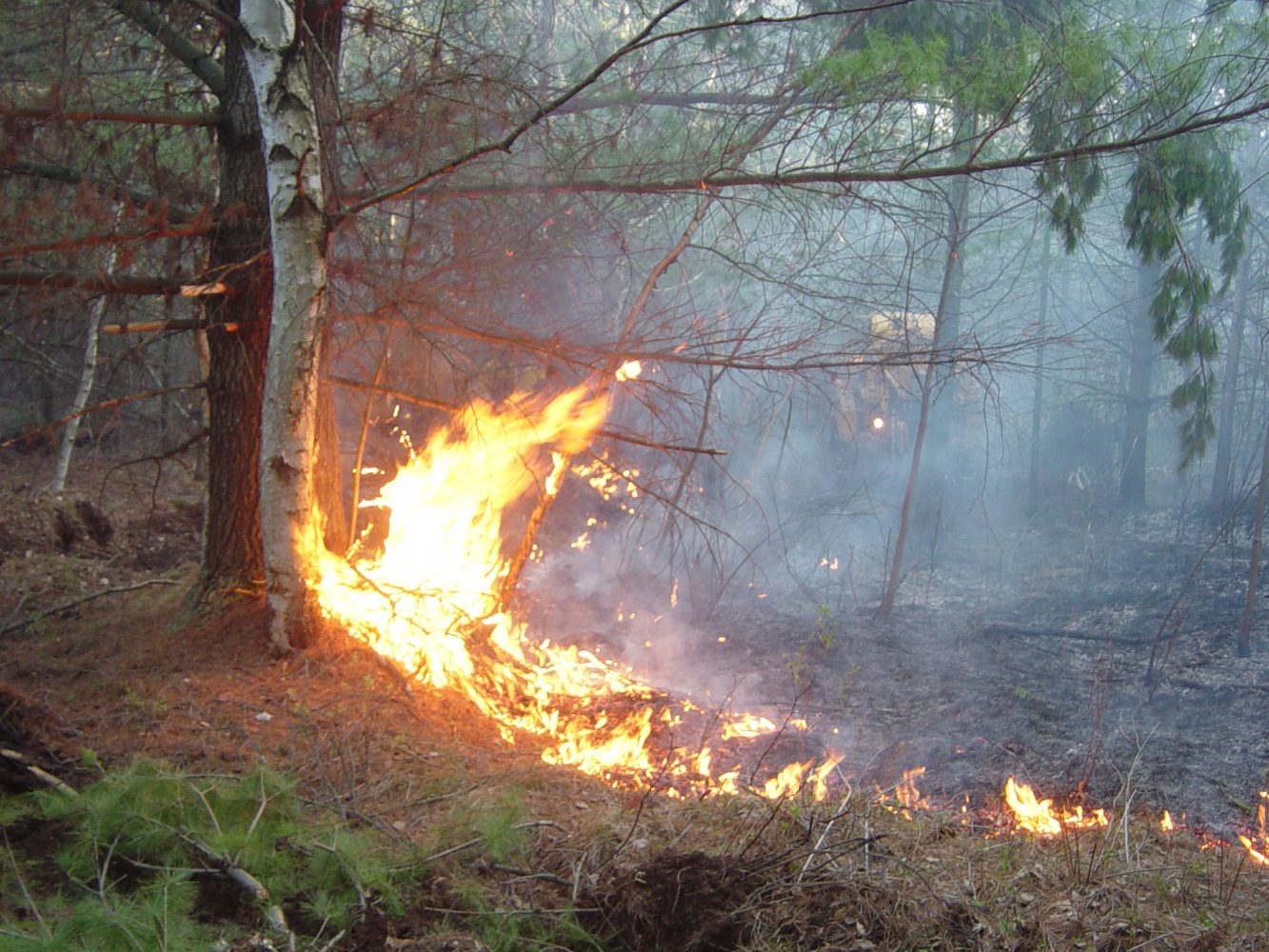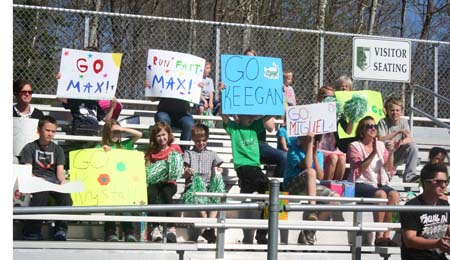A century after historic flight, Northwoods DNR pilots patrol the skies
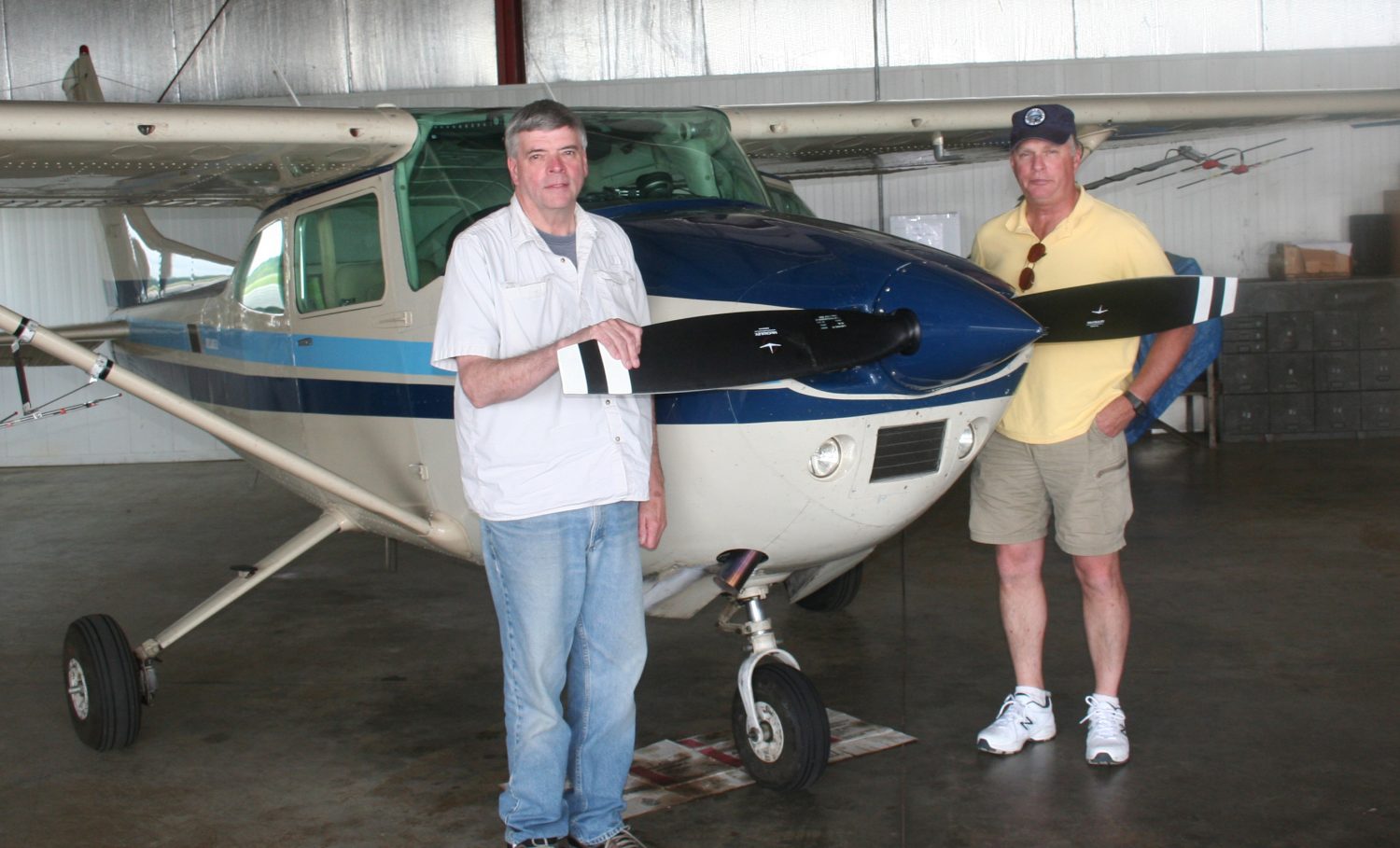
Animal tracking, fire spotting, locating missing persons just part of their job
By Eileen Persike, Editor.
June 29, 1915 a rickety-looking hydroaeroplane took flight from Trout Lake near Boulder Junction. Piloting the craft was a wealthy Chicagoan named Jack Vilas. It just so happened that Wisconsin’s first chief forester, Edward Griffin, was on board and history was made. Monday marks the 100th anniversary of the first forest patrol flight to occur anywhere in the world. And it was right here, in Northern Wisconsin. Today 10 full-time and 8 part-time DNR pilots continue to monitor many aspects of the state from the sky.
On this particular day, Rhinelander-based pilot Mike Weinfurter, along with a wildlife biologist, was looking for beaver dams along trout streams, keeping an eye out for flooding, vegetation changes and other signs of the animal.
“The biologist will mark the locations of the beaver dams along the streams and have a trapper go and trap the beaver out of there, and remove the dams,” he said. “Trout are migratory and they can’t migrate if there are dams in the way. We help them find the beavers, they send someone out to remove them so the trout can continue to migrate and spawn and do their thing.”
Weinfurter and pilot David Lemke supply the aviation services for just about every segment of the DNR as well as partnering with the U.S. Forest Service, and occasionally the Wisconsin University System. The job, however, was not always so diverse.
On that historic flight in 1915, Jack Vilas realized that from the air he would be able to see smoke and wild fires from that vantage point much better than from a lookout tower. Vilas became the world’s first flying fire ranger, and the “Wisconsin Plan” for forest protection from the skies was adopted throughout several countries and the U.S. Forest Service. Today, fire spotting remains an important duty; it’s just not the only duty.
“Once a fire is located, called in and sized by us, we stay on the site to assist,” Weinfurter explained. “We’re their eyes in the sky. We can see large parts of the fire they can’t see on the ground. Even more importantly, we are there for the safety of everyone on the ground. We watch out for hazards like power lines and propane tanks and identify exit locations to make sure firefighters don’t get trapped.”
“Unlike a lot of other states, we are not a pilot biologist or pilot law enforcement,” Weinfurter pointed out. “We are pilots and we fly for all agencies in the state except for the state patrol. We assist everyone.”
Specialized equipment on the two airplanes allows the men to locate wolves, deer and other wildlife – even turtles- fitted with radio collars. This telemetry helps gather data about how far the animals wander, what are their food sources and nesting habitats to name a few.
“There are antennas on the wings of the plane and a radio inside; when you get near one [wearing a collar] it starts beeping,” said pilot Lemke. “They can hone in on them pretty darn close. With wolves you can get close enough to see whether they have any diseases, and if they are healthy.”
And while the pilots don’t make state patrol flights, they do work with law enforcement agencies, flying at low altitudes and using a forward looking infrared camera (FLIR), one of two in the entire state.
“Ninety percent of the time the FLIR is used for nighttime work, because it’s heat sensitive,” Lemke said. “We can spot poachers, hunters lost in the woods, or a missing child or adult. It’s a valuable tool.”
If it sounds like being a DNR pilot is a busy job, rest assured, it is.
“The day is planned only until the next phone call, the next email,” said Weinfurter with a laugh. “The only thing consistent about this job is that it’s changing all the time.”
For a career that carries with it the threat of danger, there are some perks.
“We do get to see some spectacular scenery,” said Lemke. “If you think northern lights are great from the ground, you should see them from the air.”
“And the Fourth of July and Christmas,” added Weinfurter. “You can see the fireworks and lights from Green Bay to Wausau.”
Equipment upgrades, such as digital cameras and video, and new federally mandated FM radios that allow pilots from all across the country to communicate with each other, keep the DNR pilots current on the newest technology – all for the purpose of performing their extraordinary job.
“A retired pilot who had this job said it best,” Weinfurter said. “Just about the time you’re tired of one thing, it’s done and the next thing starts.”
Leave a reply
You must be logged in to post a comment.

